After its premiere at the Barbican Art Gallery London (The Curve), KOW is the second venue of Clemens von Wedemeyer’s most recent production, “The Fourth Wall”. Coinciding with the Berlinale and the Transmediale, the project of this Berlin-based artist and filmmaker negotiates the illusionistic nature of the authentic.
Nach der Barbican Art Gallery London (The Curve) zeigen wir als zweite Station die jüngste Ausstellungsproduktion Clemens von Wedemeyers, „The Fourth Wall“. Zeitgleich zu Berlinale und Transmediale diskutiert das Projekt des Berliner Künstlers und Filmemachers die Illusion des Authentischen.
The centre of this extensive exhibition project is a historical incident around a group of contemporary cavemen: the “Tasaday”, a tribe that was discovered in the Philippine rain forest in 1971. Western media declared its discovery a sensation. Apparently, the 26 members of this tribe were still living in a Stone Age, unaware of the modern world. However, already in the eighties, doubt arose as to the authenticity of this discovery which was soon suspected to be a swindle. Unquestionably, the news coverage and the photos of these “peaceful savages” have shaped the Philippines’ image in the international media. This was much to the pleasure of Ferdinand Marcos' government, who discouraged any serious anthropological research within the country, but was always eager to please the media. Was the Tasaday story true? If so, was this tribe the prey of hungry western journalists? Or was this a hoax, staged to divert attention away from the Marco regime? The West’s projection of a jungle paradise?
Historisches Sujet der umfangreichen Schau ist eine Gruppe von Höhlenbewohnern: Die „Tasaday“ wurden 1971 im philippinischen Regenwald von westlichen Medien entdeckt - eine Weltsensation, lebten die 26 Ureinwohner doch wie in der Steinzeit, ohne Wissen von der modernen Welt. Ihre Echtheit wurde allerdings in den 80er Jahren bezweifelt und als Schwindel erklärt. Fest steht, dass die Berichte und Fotografien der friedliebenden Wilden das Bild der Philippinen in der internationalen Presse lange Zeit prägten, sehr zum Gefallen der US-gestützten Diktatur Ferdinand Marcos, die seriöse anthropologische Forschungen erschwerte, die Medien hingegen hofierte. Waren die Tasaday authentisch? Beute aufmerksamer Reporter? Oder eine inszenierte Ablenkung von der Realität in Marcos Regime? Gar nur eine Projektion des Westens auf paradiesisches Leben im Urwald?

An investigation into notions of representation and belief
Eine Untersuchung über Darstellung und Glauben
“The Fourth Wall”, a notion used in theatre and introduced by Diderot (Discours sur la poésie dramatique, 1758), refers to an imaginary divide between stage and audience. This concept enables actors to appear as authentic, as if they were “amongst themselves”. At the same time, the audience is made to believe that the stage act is “real”. In his project for KOW, von Wedemeyer applies the notion of the fourth wall to anthropology as well as to photography and film – disciplines and media that have authorised themselves to adequately and authentically describe humankind and the conditions of life. This power, too, builds on the assumption of a fourth wall: a wall that is set up both by the audience’s desire for an illusion of reality as well as by the willingness of art and social sciences to deliver such an illusion.
In his nine films and interviews, Clemens von Wedemeyer constructs and punctures such fourth walls. These both create and shatter the illusion that we are able to distinguish between images of “others” that are real and images that are merely images. It is an investigation into notions of representation and belief. Yet these works also look into the short time span of a “first contact” – be it the first contact between anthropologists and an isolated group of individuals, between actors and their audience, between the visitors and the works in this exhibition.
Funded by Medienboard Berlin-Brandenburg
Text and photos: Alexander Koch
Mit „The Fourth Wall“, der „Vierten Wand“, bezeichnet das Theater seit Diderot (1758) die imaginierte Trennung zwischen Bühnen- und Zuschauerraum, die es Schauspielern erlaubt, authentisch zu scheinen, so als seien sie „unter sich“. Sie verschafft dem Publikum die Illusion, die Bühnenhandlung sei „echt“. Von Wedemeyer überträgt das Konzept auf die Anthropologie und zugleich auf Fotografie und Film. Auch deren Glauben, sich der Authentizität des Menschen und seiner Lebensumstände versichern zu können, verdankt sich einer unsichtbaren Vierten Wand: der vom Publikum gewollten und ihm dargebrachten Illusion, es habe ein Stück Wirklichkeit vor Augen.
In sieben Filmen und Interviews erzeugt und perforiert Clemens von Wedemeyers Ausstellung solche Vierten Wände. Sie schafft und sie zerbricht die Illusion, wir könnten unterscheiden zwischen solchen Bildern vom Anderen, die echt sind und anderen Bildern, die nur Bilder sind. Es ist eine Untersuchung über Darstellung und Glauben und die kurze Zeitspanne des „Erstkontakts“ - zwischen Anthropologen und einer isolierten Gruppe, zwischen Schauspielern und ihrem Publikum, zwischen den Besuchern und den Werken der Ausstellung - während der das Erstaunen über den Anderen noch nach den den Kriterien sucht, ihn zu erfassen.
Gefördert von Medienboard Berlin-Brandenburg
Text und Photos: Alexander Koch
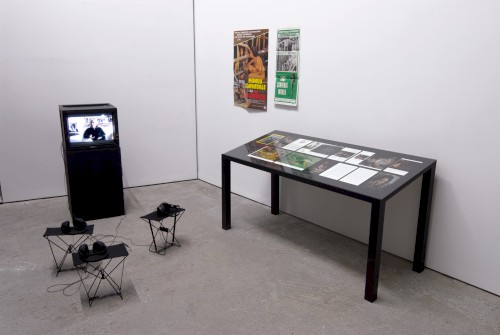
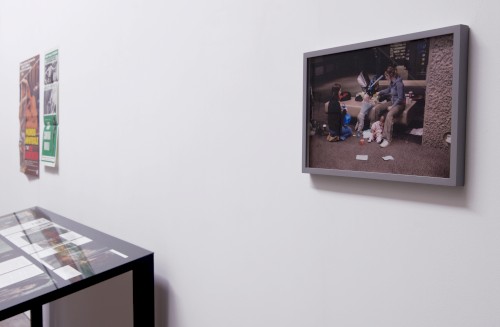

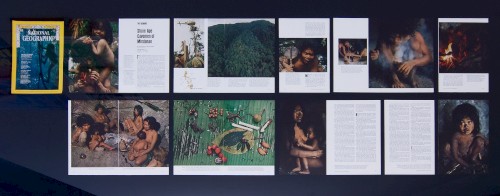
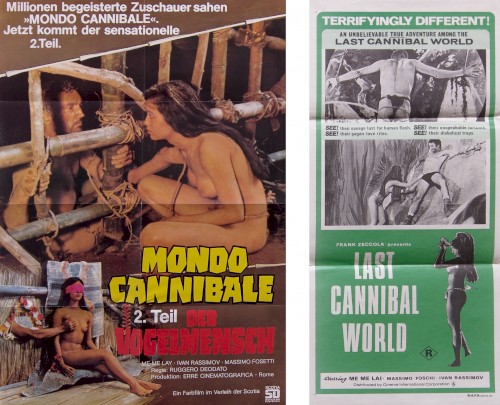
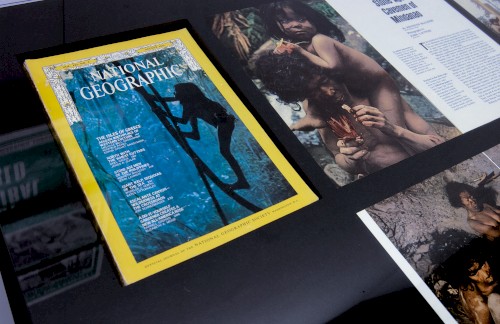

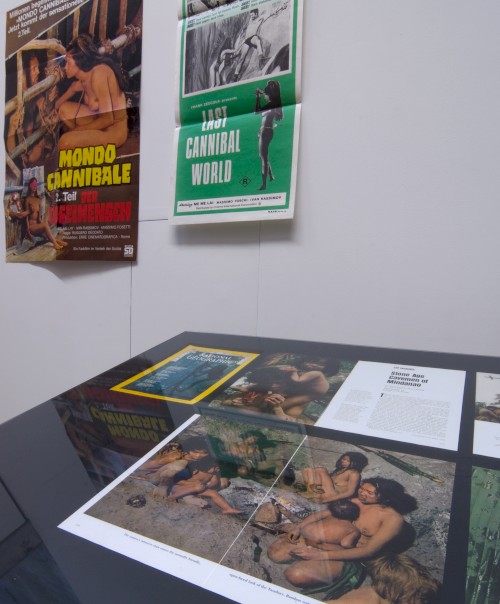
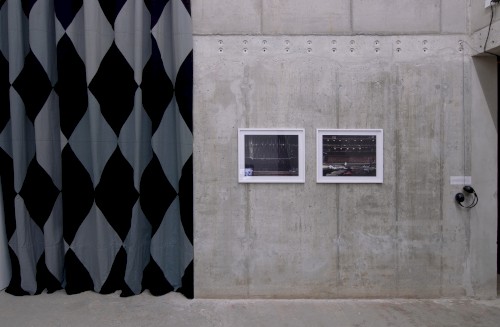
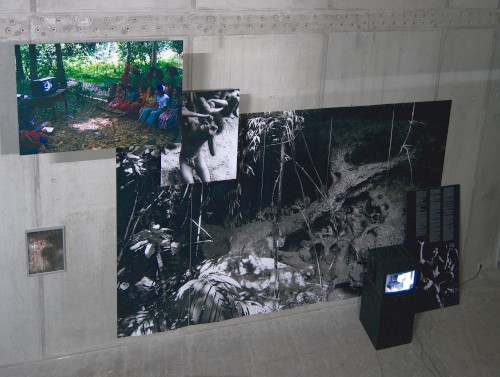

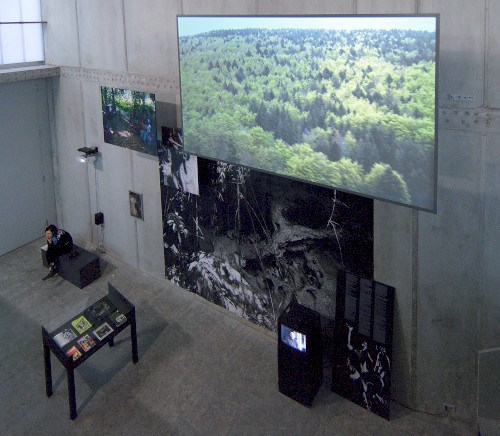
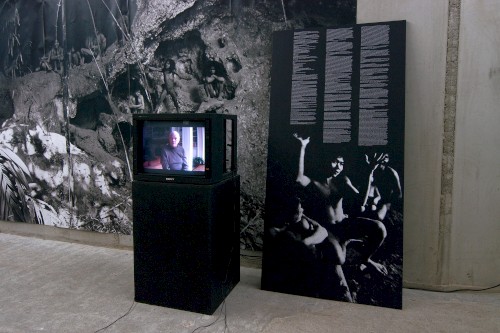
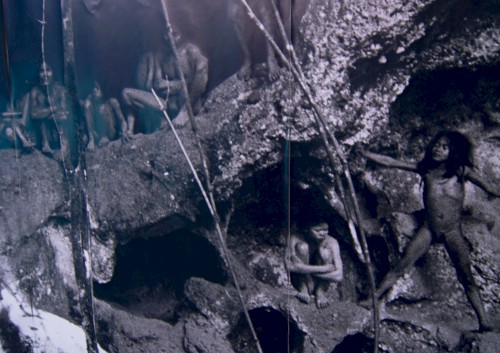
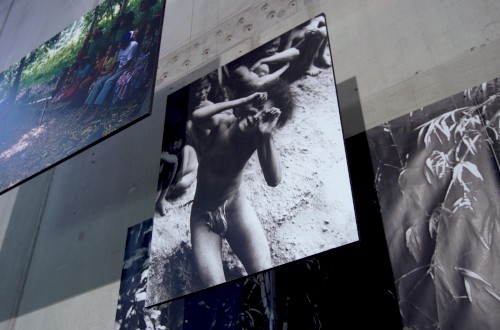


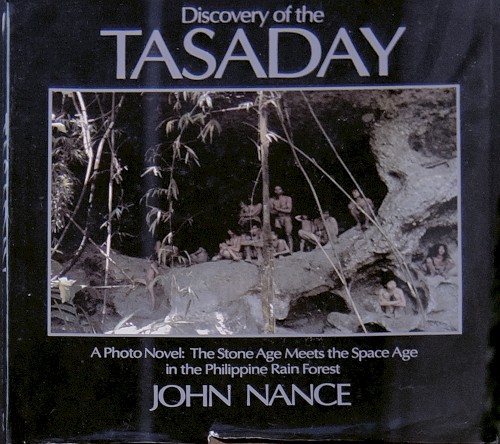
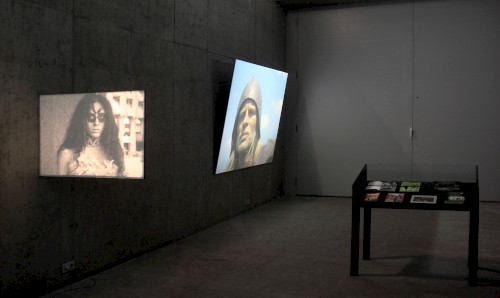
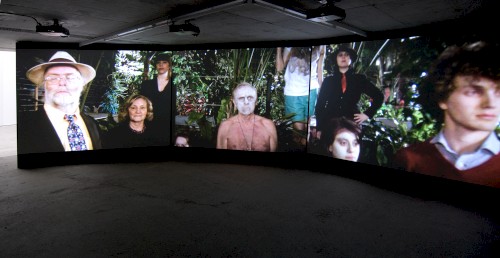
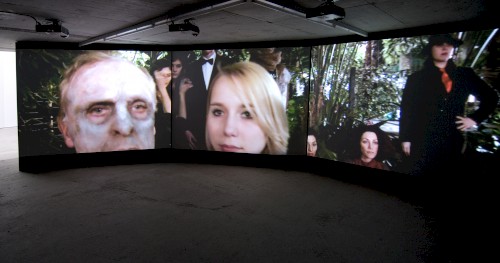
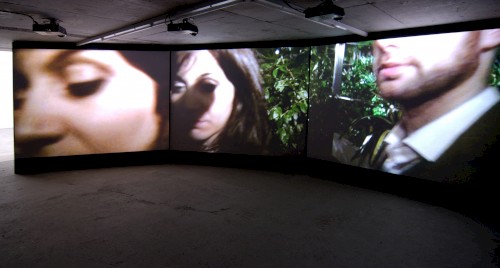


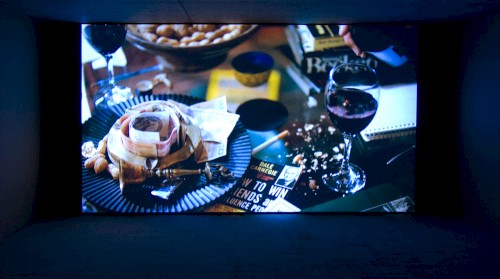
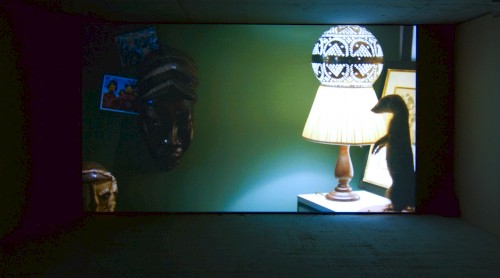
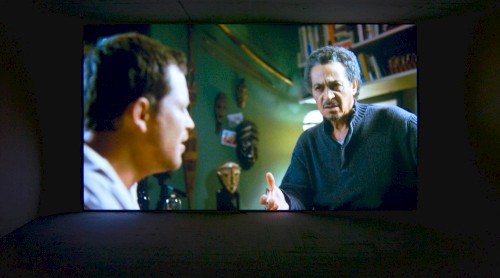
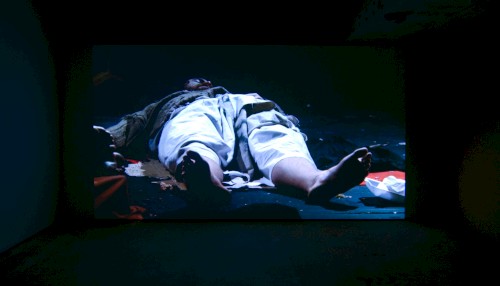

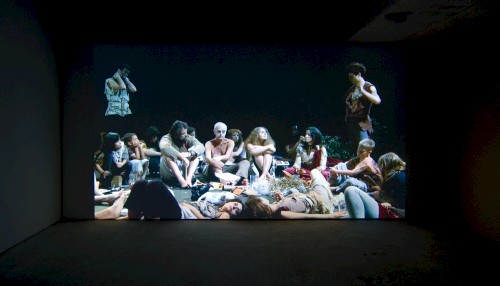
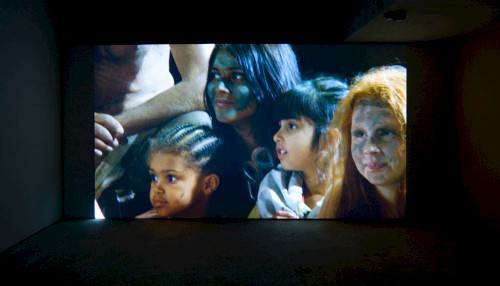
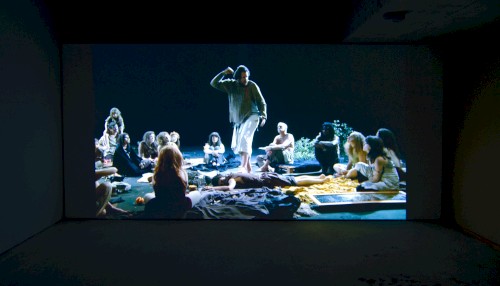

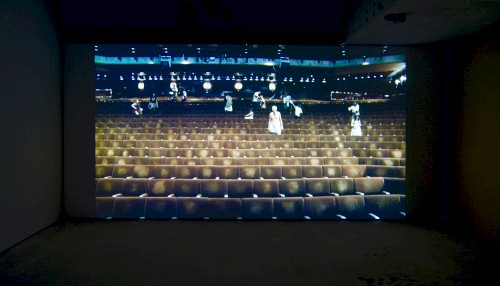

- Current
- Upcoming
- 2026
- 2025
- 2024
- 2023
- 2022
- 2021
- 2020
- 2019
- 2018
- 2017
- 2016
- 2015
- 2014
- 2013
- 2012
- 2011
- 2010
- 2009